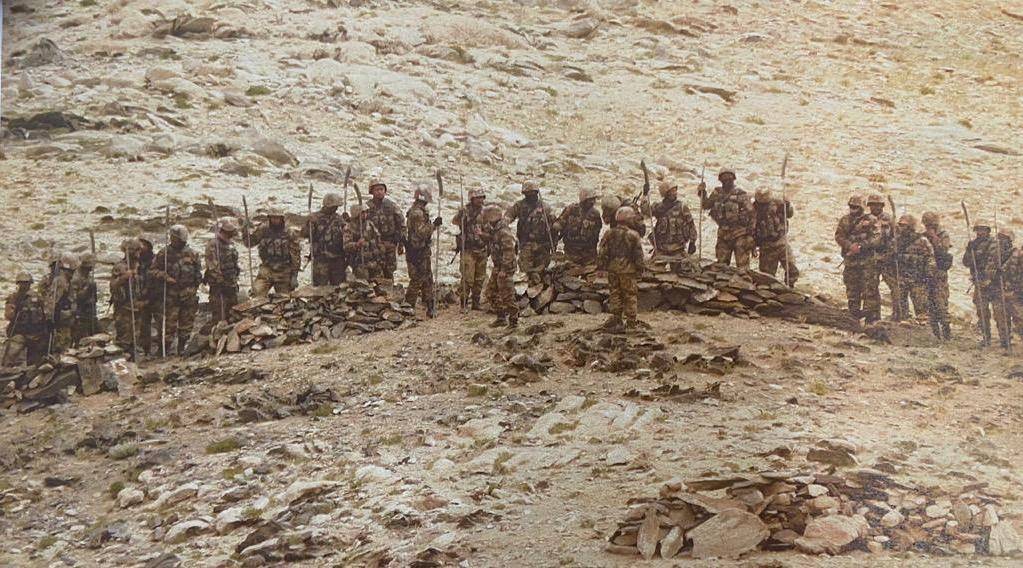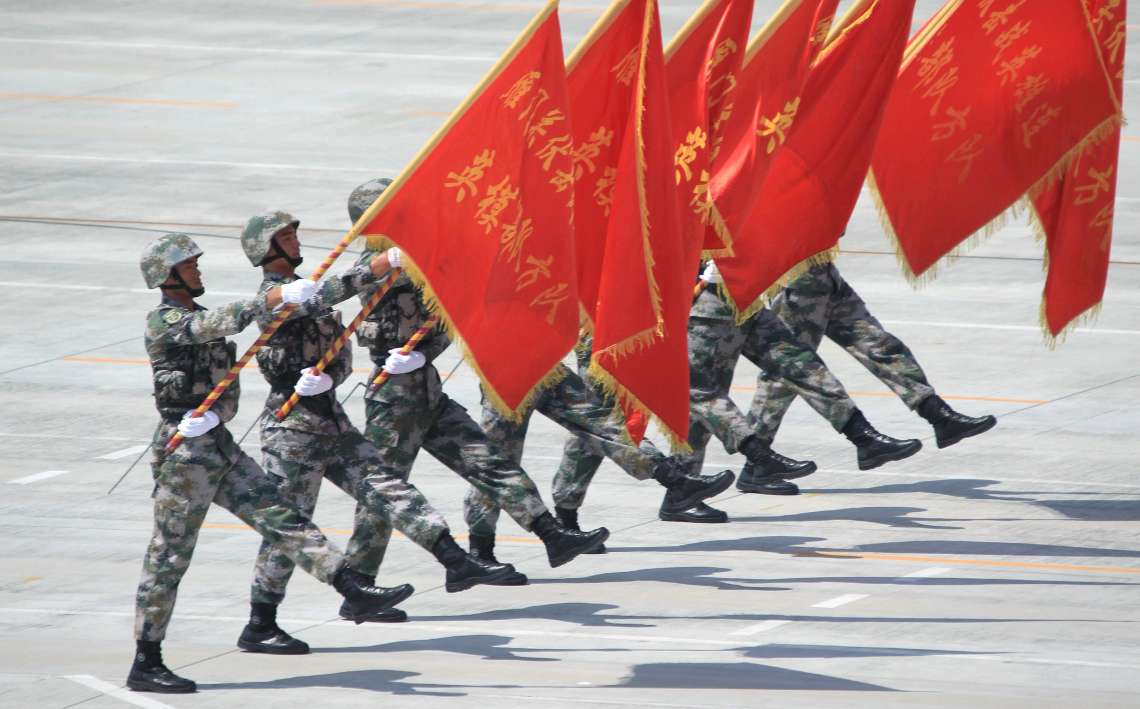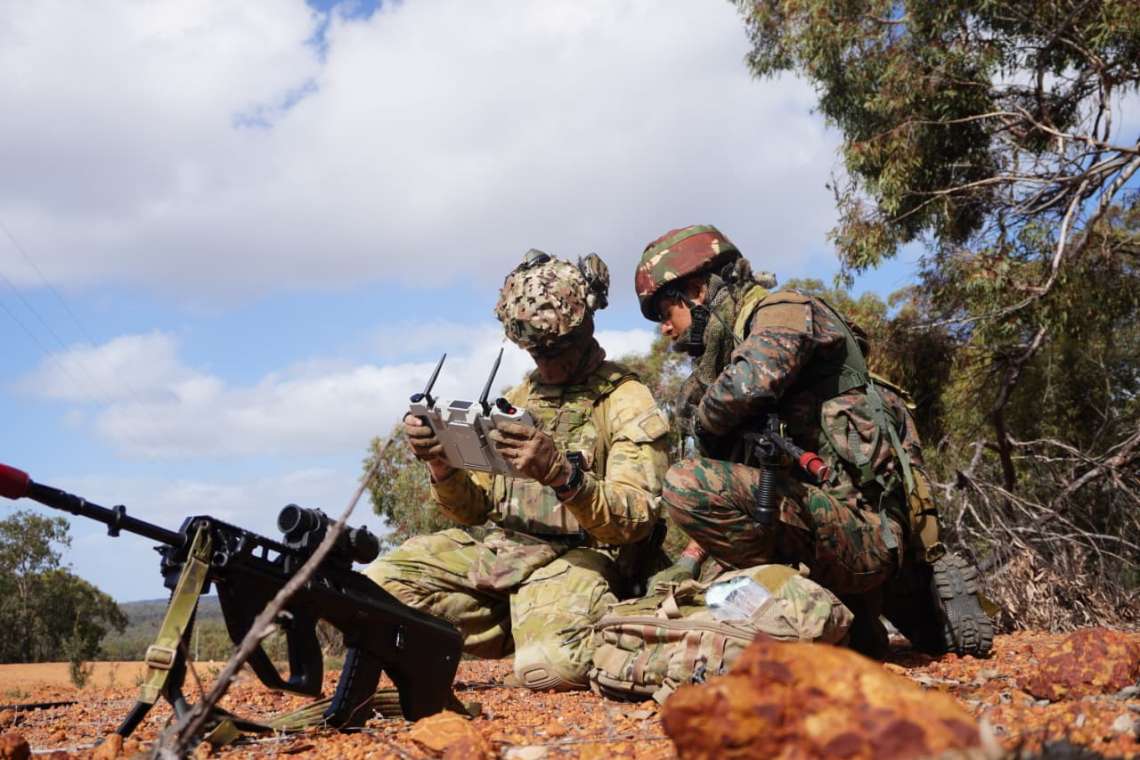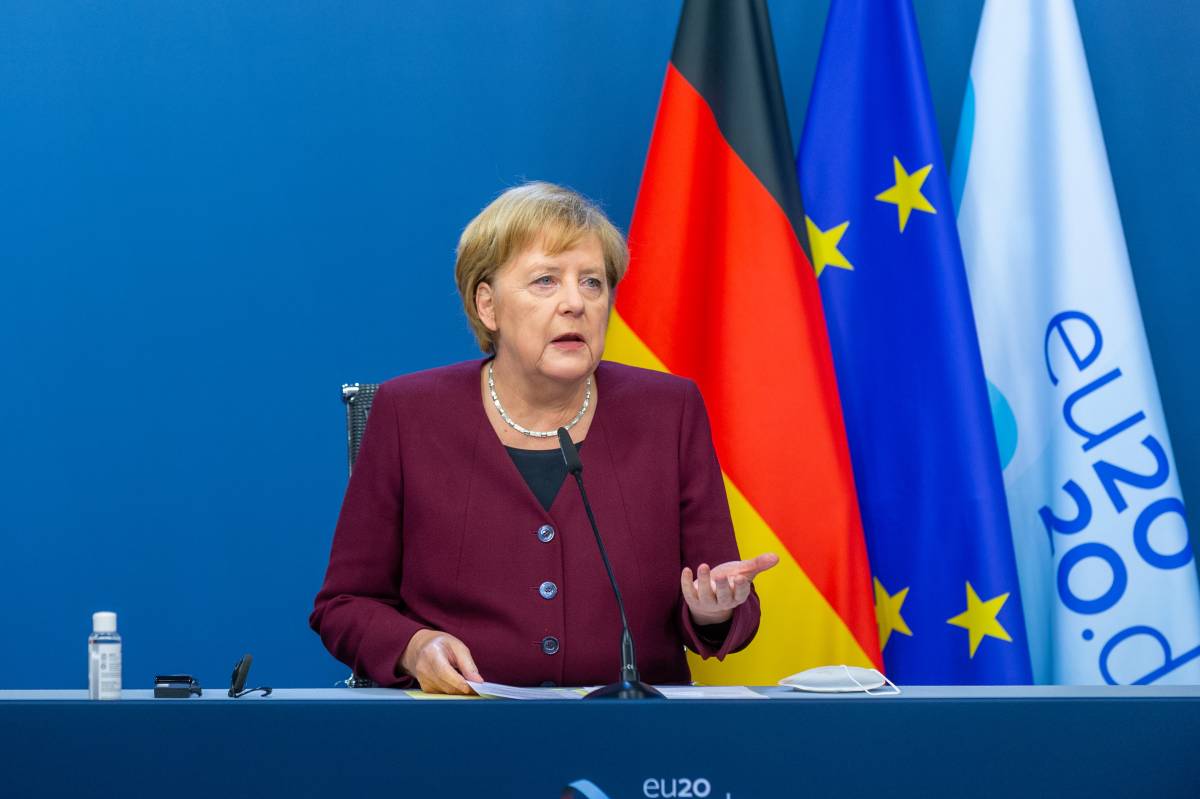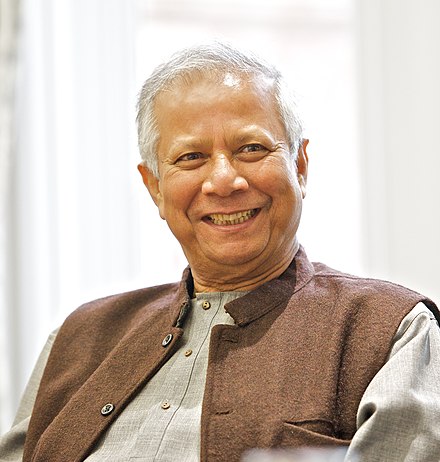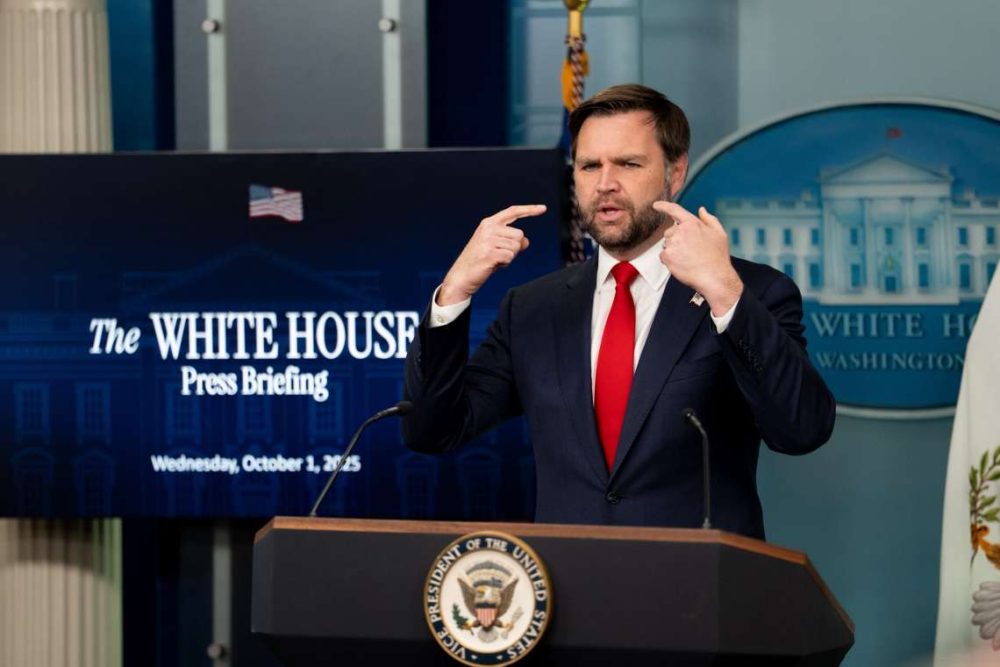During the meeting, the Indian side made constructive suggestions for resolving the border issue, but the Chinese side was not agreeable and also could not provide any forward-looking proposals, reports Asian Lite News
The military talks between India and China to end border disputes have not resulted in any resolution with the Chinese not agreeing to “constructive suggestions” provided by the Indian delegation.
The talks were held on Sunday.
Further, Chinese could not provide any forward-looking proposals. “The meeting thus did not result in resolution of the remaining areas,” Indian Army said in a statement.
The 13th round of India-China Corps Commander Level Meeting was held at the Chushul-Moldo border meeting point on October 10, 2021.
During the meeting, the discussions between the two sides focussed on resolution of the remaining issues along the Line of Actual Control in Eastern Ladakh.
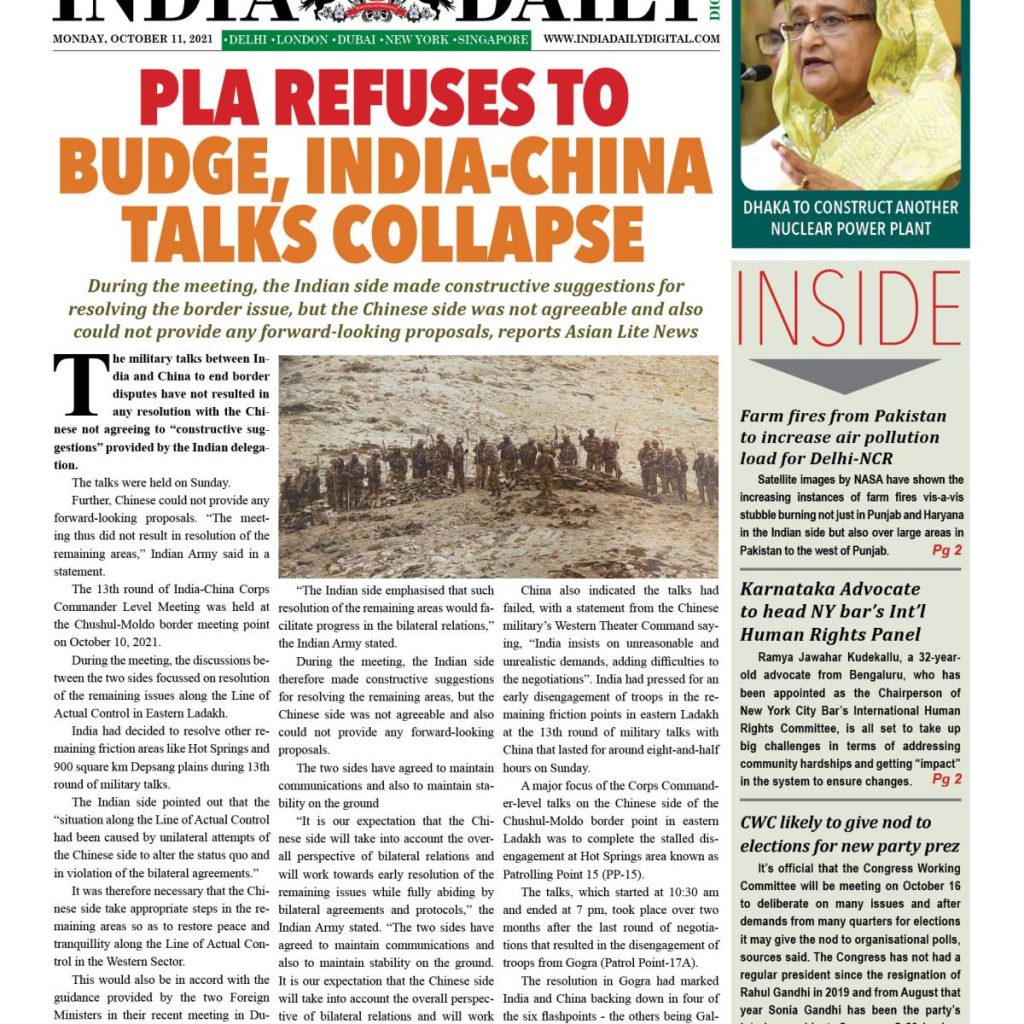
India had decided to resolve other remaining friction areas like Hot Springs and 900 square km Depsang plains during 13th round of military talks.
The Indian side pointed out that the “situation along the Line of Actual Control had been caused by unilateral attempts of the Chinese side to alter the status quo and in violation of the bilateral agreements.”
It was therefore necessary that the Chinese side take appropriate steps in the remaining areas so as to restore peace and tranquillity along the Line of Actual Control in the Western Sector.
This would also be in accord with the guidance provided by the two Foreign Ministers in their recent meeting in Dushanbe where they had agreed that the two sides should resolve the remaining issues at the earliest.
“The Indian side emphasised that such resolution of the remaining areas would facilitate progress in the bilateral relations,” the Indian Army stated.
During the meeting, the Indian side therefore made constructive suggestions for resolving the remaining areas, but the Chinese side was not agreeable and also could not provide any forward-looking proposals.
The two sides have agreed to maintain communications and also to maintain stability on the ground
“It is our expectation that the Chinese side will take into account the overall perspective of bilateral relations and will work towards early resolution of the remaining issues while fully abiding by bilateral agreements and protocols,” the Indian Army stated.
“The two sides have agreed to maintain communications and also to maintain stability on the ground. It is our expectation that the Chinese side will take into account the overall perspective of bilateral relations and will work towards early resolution of the remaining issues while fully abiding by bilateral agreements and protocols,” it added.
China also indicated the talks had failed, with a statement from the Chinese military’s Western Theater Command saying, “India insists on unreasonable and unrealistic demands, adding difficulties to the negotiations”.
India had pressed for an early disengagement of troops in the remaining friction points in eastern Ladakh at the 13th round of military talks with China that lasted for around eight-and-half hours on Sunday.
A major focus of the Corps Commander-level talks on the Chinese side of the Chushul-Moldo border point in eastern Ladakh was to complete the stalled disengagement at Hot Springs area known as Patrolling Point 15 (PP-15).
The talks, which started at 10:30 am and ended at 7 pm, took place over two months after the last round of negotiations that resulted in the disengagement of troops from Gogra (Patrol Point-17A).
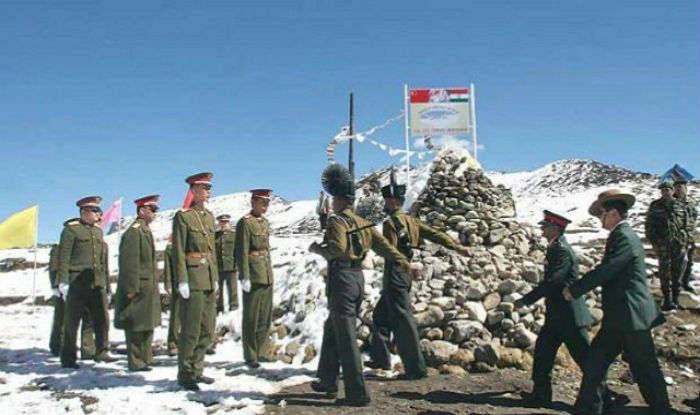
The resolution in Gogra had marked India and China backing down in four of the six flashpoints – the others being Galwan and North and South banks of the Pangong Lake. The standoffs in Depsang and Hot Springs continue.
India has been insisting that the resolution of outstanding issues in all friction points including in Depsang is essential for an overall improvement in ties between the two countries.
Tensions have been high between the nuclear-armed neighbours following a deadly border battle in June last year in the strategically important Galwan river valley in Ladakh.
The world’s two most populous nations poured tens of thousands of extra troops into the high-altitude region in the Himalayas after the clash before talks led to a gradual de-escalation in the four areas.
Each side currently has around 50,000 to 60,000 troops along the Line of Actual Control or LAC in the sensitive sector.
The latest talks took place in the backdrop of two recent incidents of attempted transgressions by the Chinese troops – one in the Barahoti sector of Uttarakhand and another in the Tawang sector in Arunachal Pradesh.
Indian and Chinese troops were engaged in a brief face-off near Yangtse in the Tawang sector of Arunachal Pradesh around 10 days ago and it was resolved within a few hours following talks between commanders of the two sides as per established protocols.
In Uttarakhand, nearly 100 soldiers of China’s People’s Liberation Army (PLA) transgressed the LAC in the Barahoti sector on August 30 and returned from the area after spending a few hours.
On Saturday, Chief of Army Staff General MM Naravane had said if the Chinese military continues with its large-scale deployment in the eastern Ladakh region, then the Indian Army too will maintain its strength on its side which he said is “as good as what the PLA has done.”
ALSO READ-Pak plans special cell to address Afghanistan-related matters
READ MORE-Red Arrows bring colour, daredevil displays to Dubai skies


